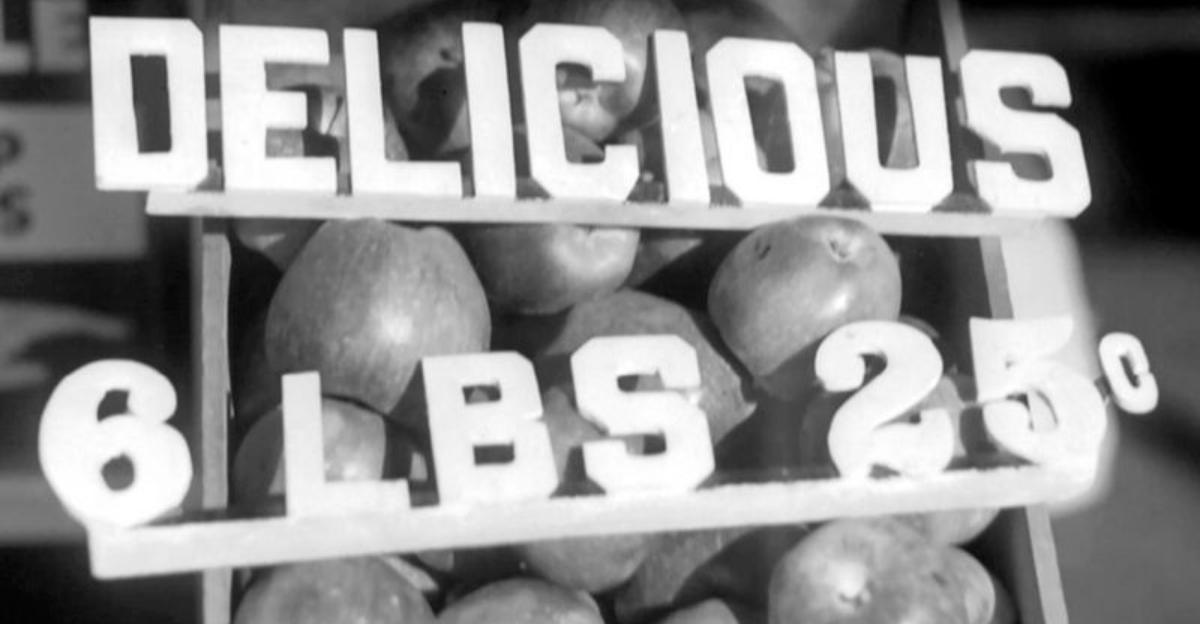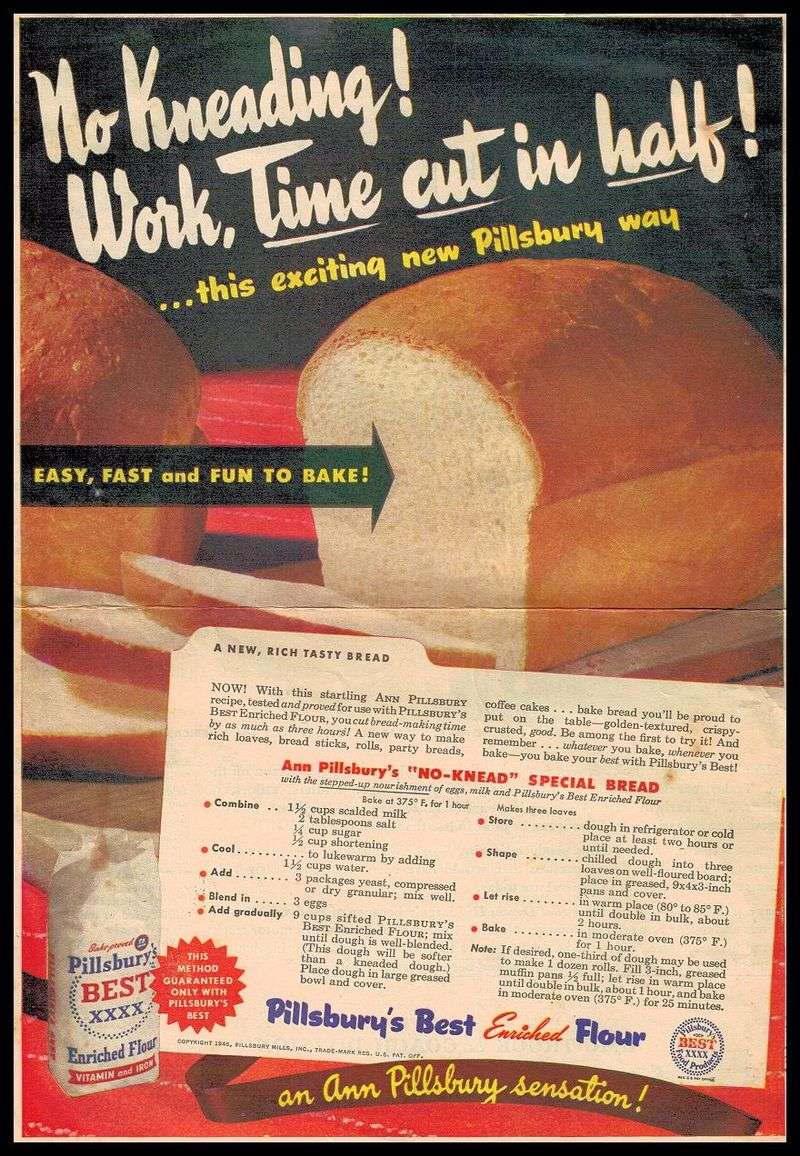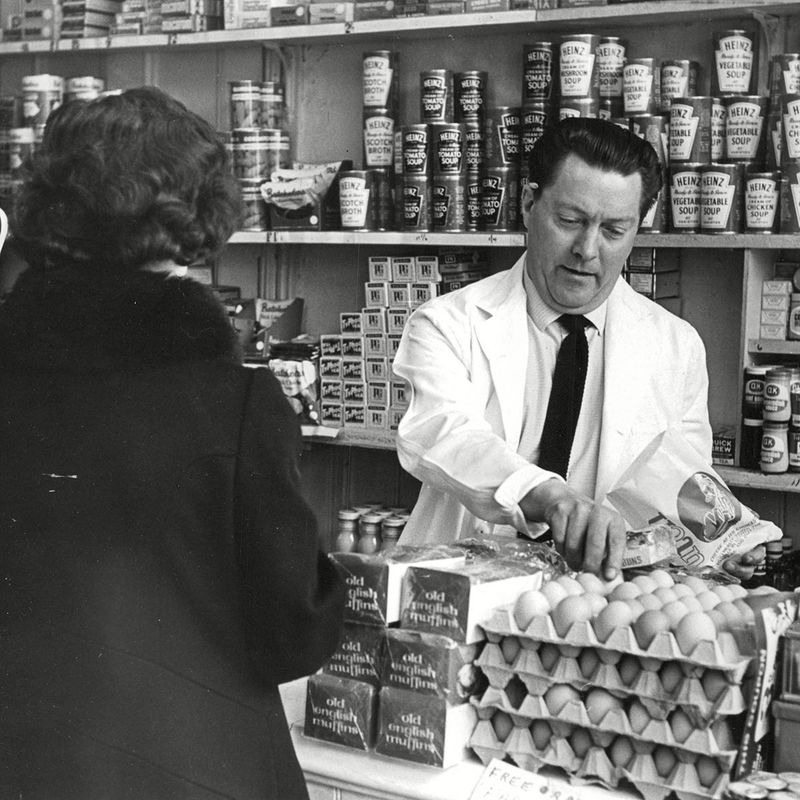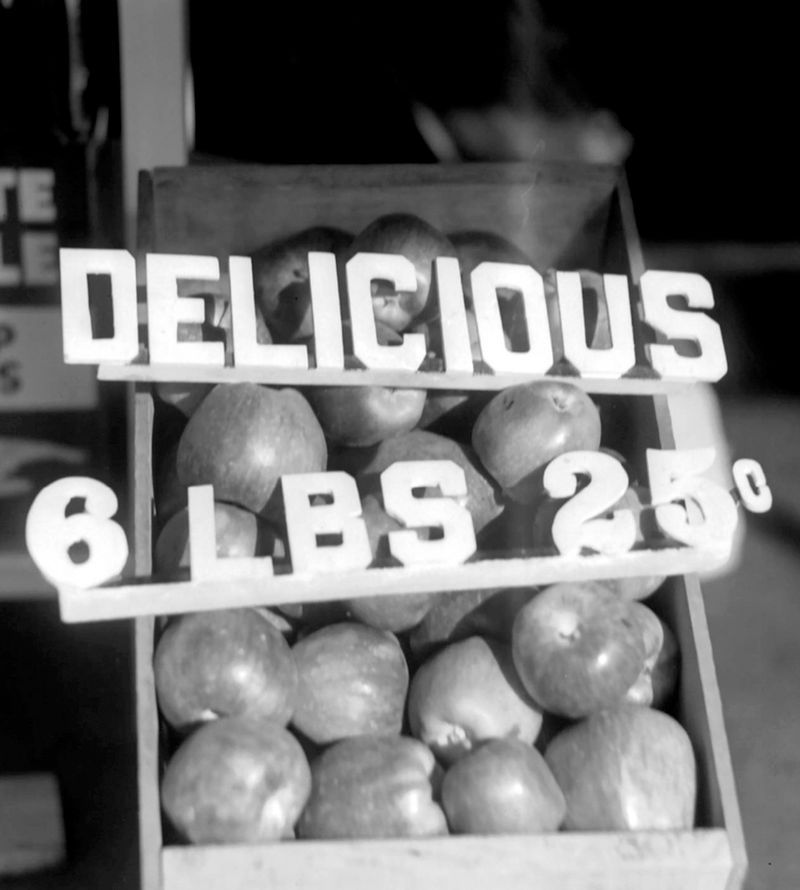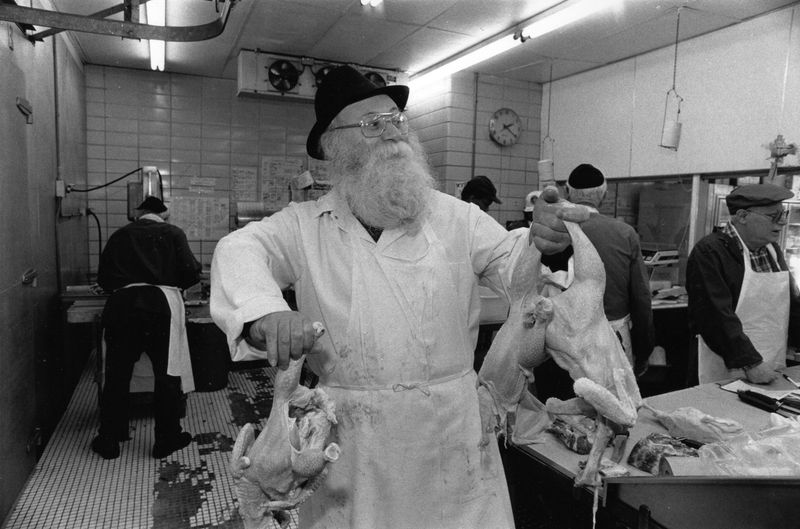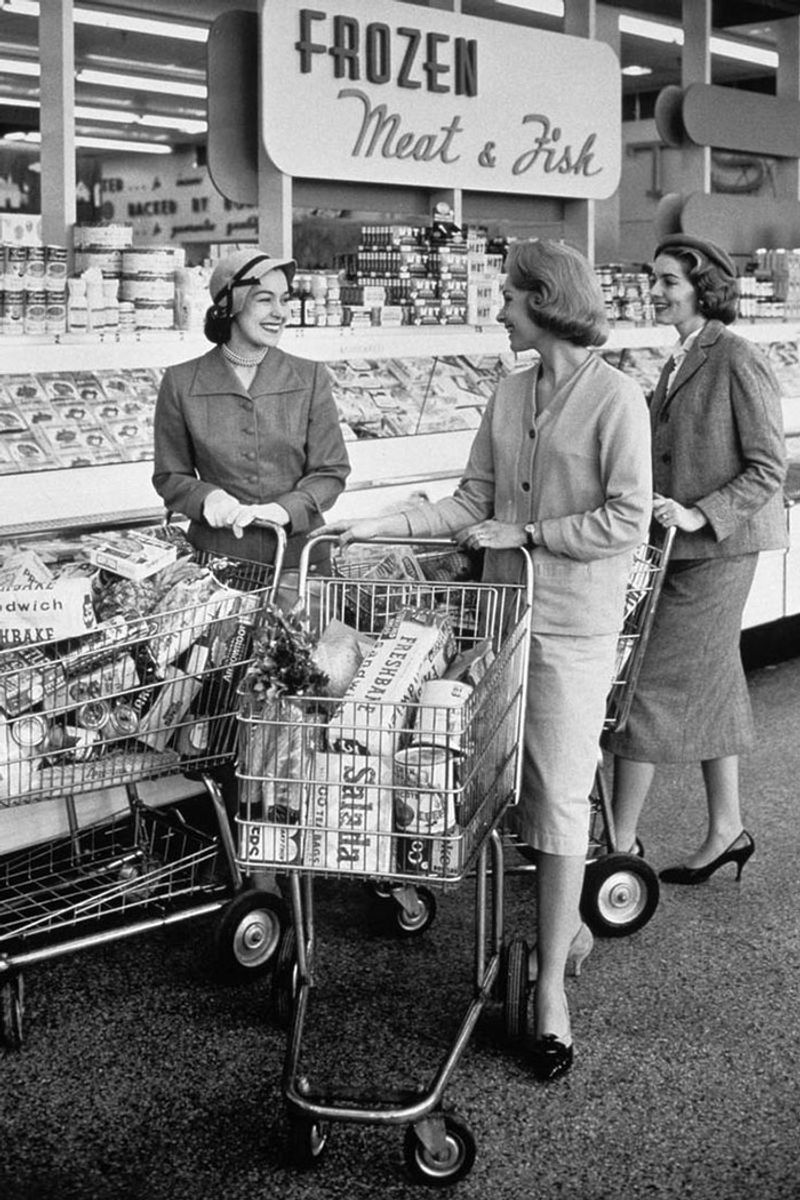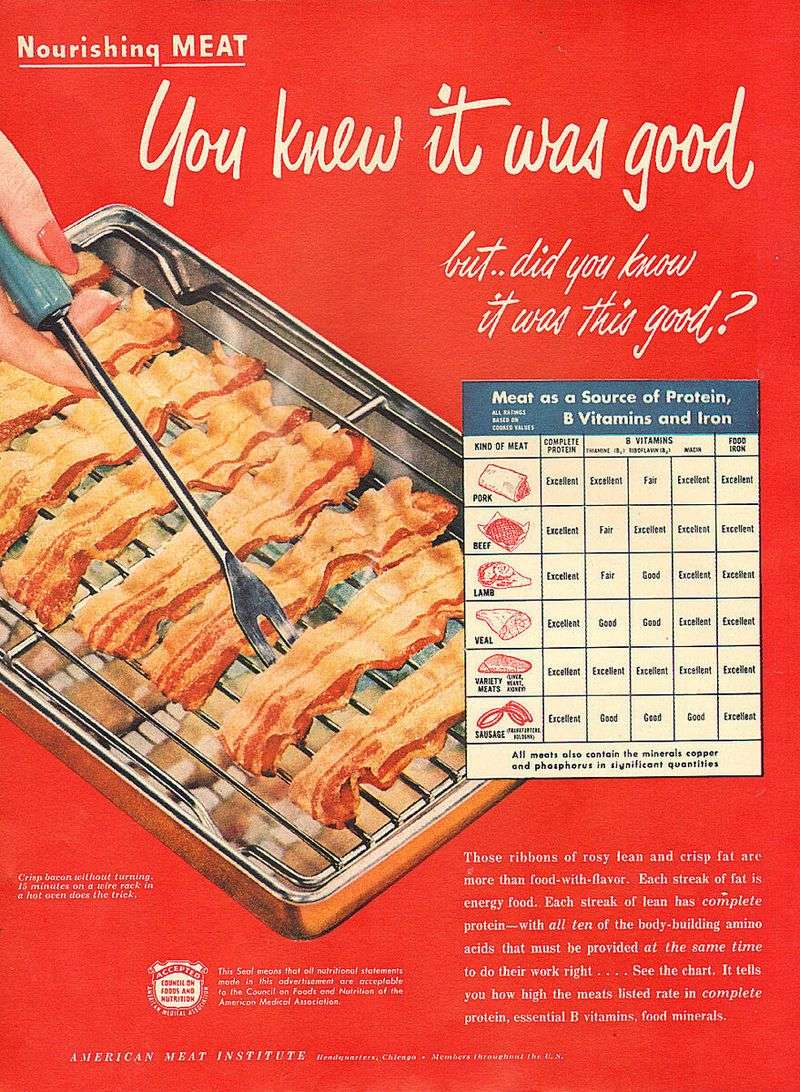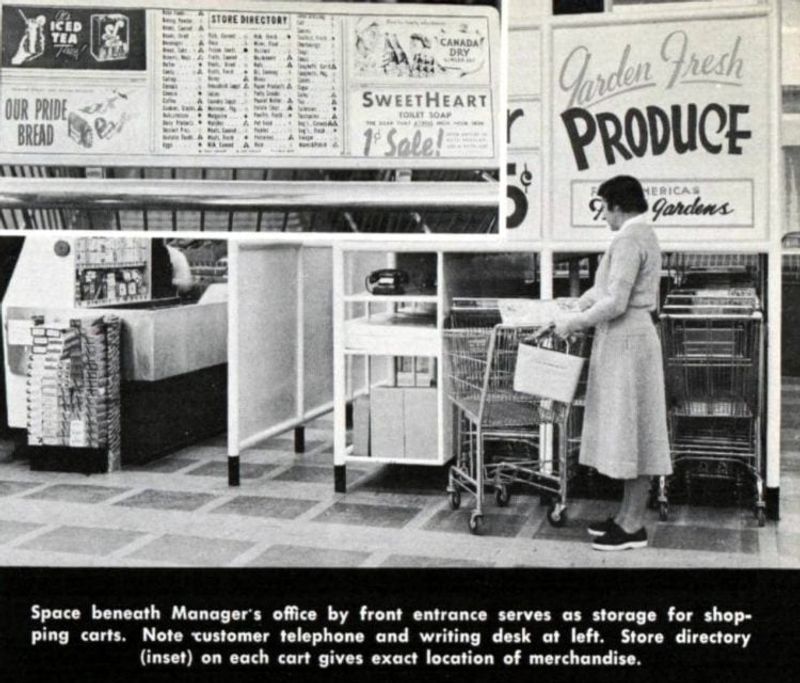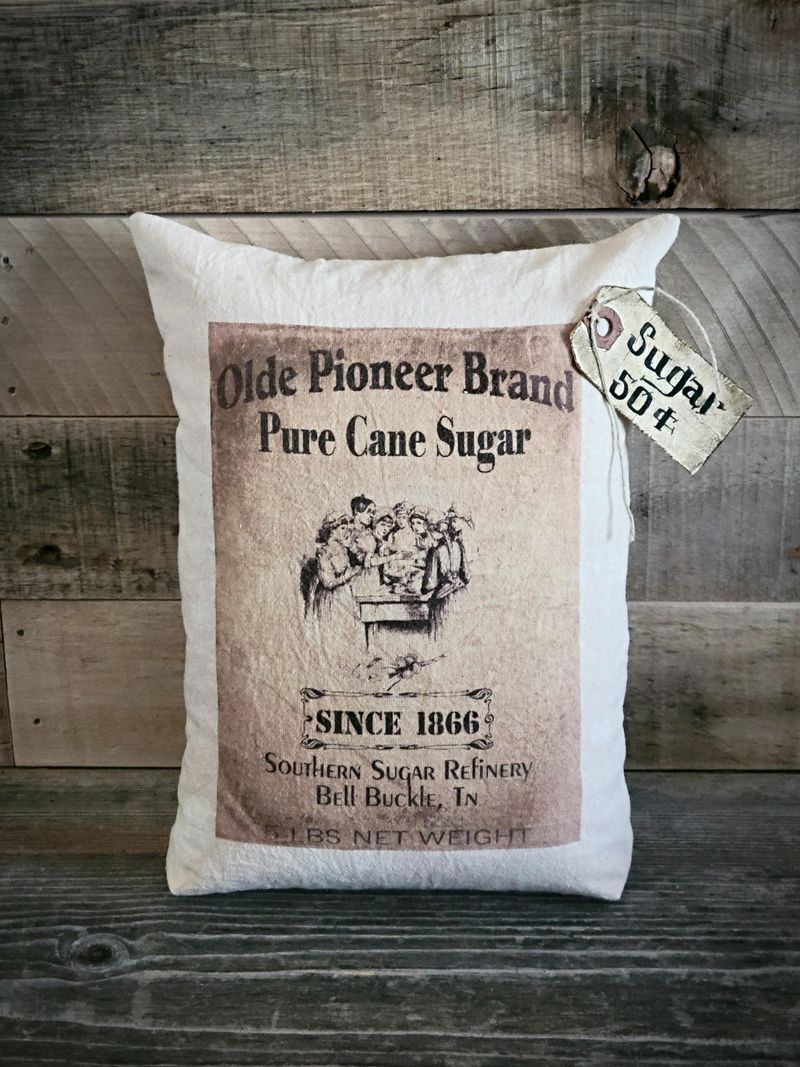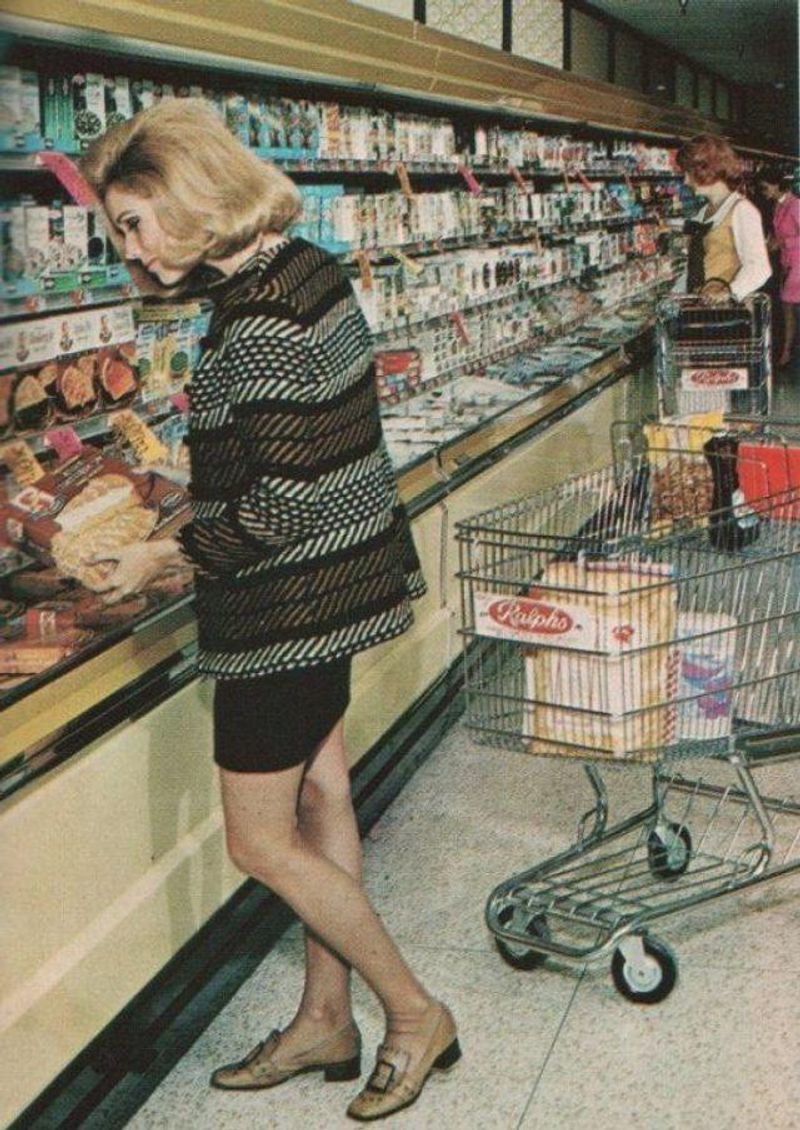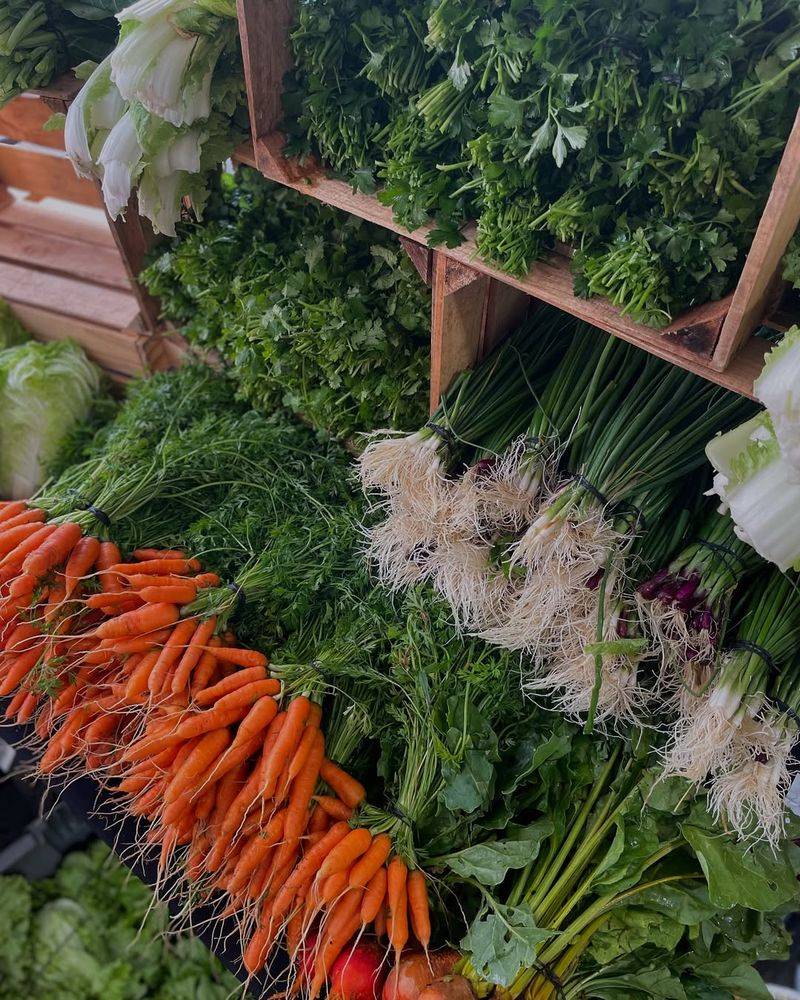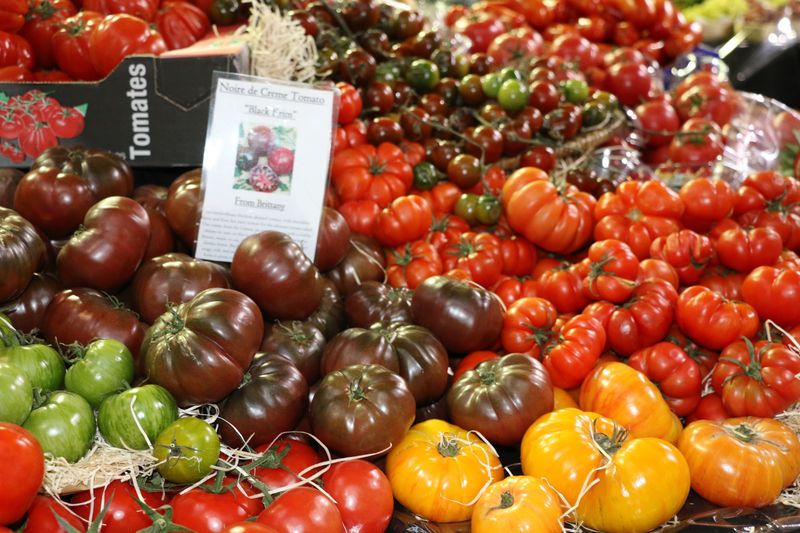In the 1950s, a mere 25 cents could fetch a surprising array of items at the grocery store. This era, marked by its affordability, allowed families to enjoy fresh produce, dairy, and more without breaking the bank. Let’s explore 15 items you could purchase for just a quarter, capturing the essence of mid-century shopping.
1. Loaf of Bread
Bread, a staple in every household, was remarkably affordable in the 1950s. With a price tag of about 14¢ per pound, purchasing a loaf was well within reach of any budget. This simple, yet essential, item brought families together over meals.
Imagine the aroma of a freshly baked loaf filling a 1950s kitchen, as families gathered for breakfast. It wasn’t just food; it was a symbol of warmth and comfort. The bread’s fluffy texture and golden crust were irresistible.
Did you know? Bread has been a dietary staple for thousands of years. Its simplicity and versatility make it a timeless choice.
2. Dozen Eggs
Eggs, the versatile ingredient found in countless recipes, were a common purchase in the 1950s. While a full dozen might have been around 60¢, a quarter could easily fetch half a dozen eggs.
Whether scrambled for breakfast or used in baking, eggs were an essential part of the diet. They were not just nutritious, but also economical, providing protein without straining the wallet.
In the 1950s, families often cherished the freshness of farm eggs, picked up from local grocers. This connection to nearby farms added a touch of authenticity to everyday meals.
3. Half-Gallon of Milk
Milk, packaged in iconic glass bottles, was a household staple during the 1950s. At roughly 41¢ for a half-gallon, a quarter could secure almost three-quarters of that amount.
This nutritious drink was a breakfast table fixture, poured over cereal or enjoyed as a wholesome beverage. The regular delivery of milk by the milkman was a familiar sight in neighborhoods.
Did you know? During this era, milk was often left on the doorstep by milkmen, providing a sense of community and reliability. It was more than a drink; it was a daily ritual.
4. 5 Pounds of Potatoes
Potatoes, the humble yet versatile vegetable, were a staple in many 1950s households. Priced at 46¢ for a 10-pound bag, 5 pounds could be yours for just 25¢.
Mashed, baked, or fried, potatoes found their way into numerous dishes, complementing meals and providing sustenance. Their affordability made them an ideal choice for families seeking to stretch their dollars.
In the mid-century, potatoes were often sourced from local farms, ensuring freshness and quality. These earthy delights were more than just food; they were a comforting presence at every dinner table.
5. Pound of Bananas
Bananas, the exotic fruit that became a household favorite, were incredibly affordable in the 1950s. At approximately 10¢ per pound, 25¢ could get you two to three pounds.
These sweet, nutritious treats were perfect for snacking, adding to cereal, or baking into bread. Their sunny color and delightful taste brought a tropical flair to everyday meals.
Did you know? Bananas gained popularity in America during the early 20th century, thanks to improved transportation. By the 1950s, they were a go-to fruit for many families, offering a taste of the exotic.
6. Pound of Apples
Apples, symbolizing health and abundance, were a grocery store staple in the 1950s. Typically priced at 12¢ per pound, they fit snugly into a 25¢ budget.
Favored for their crisp texture and juicy sweetness, apples were perfect for snacking or baking into pies. They were often seen as a wholesome addition to any meal.
During this era, many families enjoyed picking apples at local orchards, savoring the freshness. This connection to local produce was cherished, creating memories that warmed the heart.
7. Half-Pound of Chicken
Chicken, a versatile and beloved protein source, was a common 1950s purchase. Priced around 43¢ per pound, 25¢ could buy a substantial half-pound serving.
Prepared in various ways, from roasting to frying, chicken was a dinner table favorite. Its affordability and deliciousness made it an accessible protein for all.
In the 1950s, purchasing fresh chicken from butcher shops was a routine part of grocery shopping. This ensured quality and fostered a connection with local suppliers.
8. Half-Pound of Ground Beef
Ground beef, the foundation of many classic dishes, was a staple in 1950s kitchens. At approximately 53¢ per pound, a quarter could buy nearly half a pound.
Whether crafted into meatloaf or burgers, ground beef provided hearty meals that satisfied appetites. Its versatility in recipes made it a favorite among home cooks.
During this era, ground beef was typically purchased from neighborhood butchers, ensuring freshness and quality. This connection to local sources added a personal touch to meal preparation.
9. Half-Pound of Bacon
Bacon, renowned for its savory allure, was a breakfast staple in the 1950s. At about 63¢ per pound, 25¢ could secure a tasty half-pound.
Crispy and aromatic, bacon complemented eggs and toast, making mornings delightful. Its rich flavor was beloved by families, becoming a symbol of indulgent breakfasts.
In the mid-century, bacon was often sold in butcher shops, wrapped in wax paper. This period celebrated the simplicity and joy of cooking with quality ingredients.
10. Pound of Coffee
Coffee, the invigorating elixir that started many mornings, was a treasured commodity in the 1950s. Priced around 85¢ per pound, a quarter would buy roughly a quarter pound.
Brewing a fresh pot was a morning ritual, filling homes with its rich aroma. Coffee was more than a drink; it was a moment of connection and conversation.
Did you know? During this era, coffee was often purchased in tins, with brands emphasizing quality and flavor. This daily ritual brought comfort and energy to countless households.
11. Sugar (5 lb bag)
Sugar, the sweet cornerstone of baking, was widely used in 1950s kitchens. With a five-pound bag costing around 37¢, 25¢ could cover three to four pounds.
Used in cakes, cookies, and jams, sugar was essential for creating delicious homemade treats. Its affordability and versatility made it a kitchen favorite.
In this era, sugar was often bought in bulk, stored in canisters, ready to sweeten life’s moments. It wasn’t just an ingredient; it was a symbol of home-cooked warmth and hospitality.
12. Flour (5 lb bag)
Flour, the foundation of baking, was indispensable in 1950s households. A five-pound bag priced around 30¢ meant 25¢ could afford nearly the entire bag.
It was used to craft breads, cakes, and pastries, infusing homes with the scent of fresh baking. Flour was not just a pantry item; it was a gateway to culinary creativity.
During this period, the art of home baking was celebrated, with recipes passed down through generations. Flour was at the heart of this tradition, bringing families together over shared treats.
13. 5 lbs Onions
Onions, with their robust flavor, were a cooking essential in the 1950s. At about 15¢ for five pounds, they were a bargain for 25¢ shoppers.
These versatile bulbs added depth to soups, stews, and roasts, enhancing any meal’s flavor profile. Their presence in the pantry was a culinary necessity.
In the mid-century, onions were often bought in bulk, a testament to their importance in everyday cooking. This era celebrated hearty, flavorful meals, with onions playing a starring role.
14. Bunch of Carrots
Carrots, with their vivid color and sweet crunch, were a nutritious delight in the 1950s. At around 10¢ per bunch, your quarter could secure two or more.
Eaten raw or cooked, carrots added vibrant flavor and color to meals. They were a favorite among children and adults alike.
Did you know? Carrots have been cultivated since ancient times, praised for their health benefits. In the 1950s, they were a staple, bringing a touch of brightness to everyday dishes.
15. Pound of Tomatoes
Tomatoes, bursting with flavor, were a staple in 1950s kitchens. Priced around 16¢ per pound, a quarter could buy over a pound.
Used in salads, sauces, or as a sandwich topping, tomatoes were beloved for their versatility and taste. They brought a fresh, juicy element to meals.
In this era, home gardens often boasted lush tomato plants, reflecting a passion for homegrown produce. This love for fresh ingredients was a hallmark of mid-century cooking.
